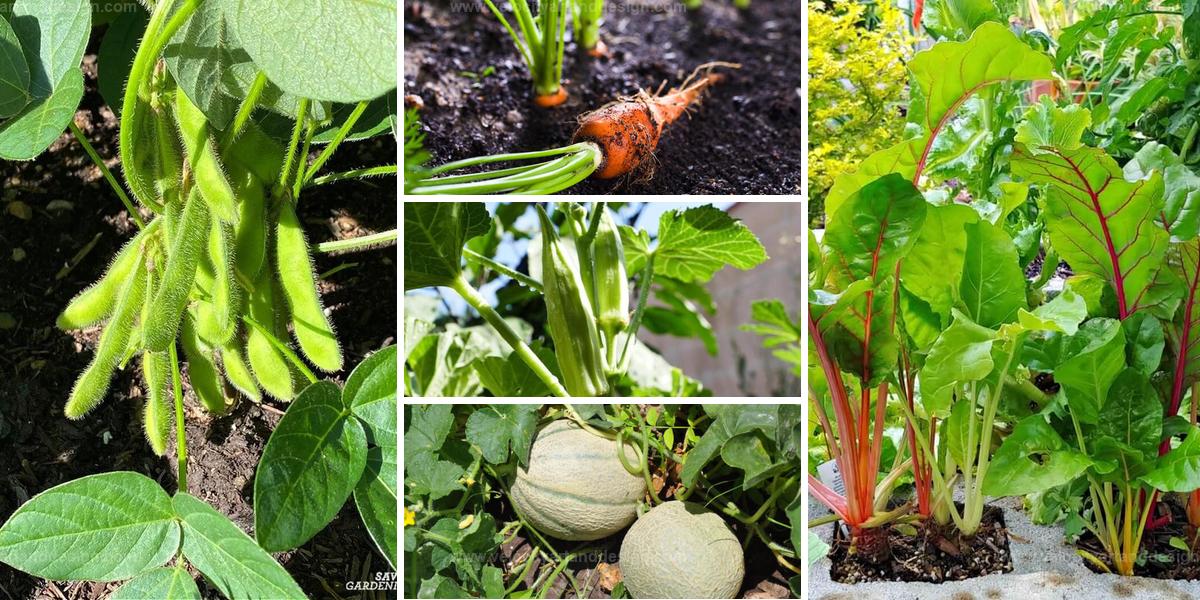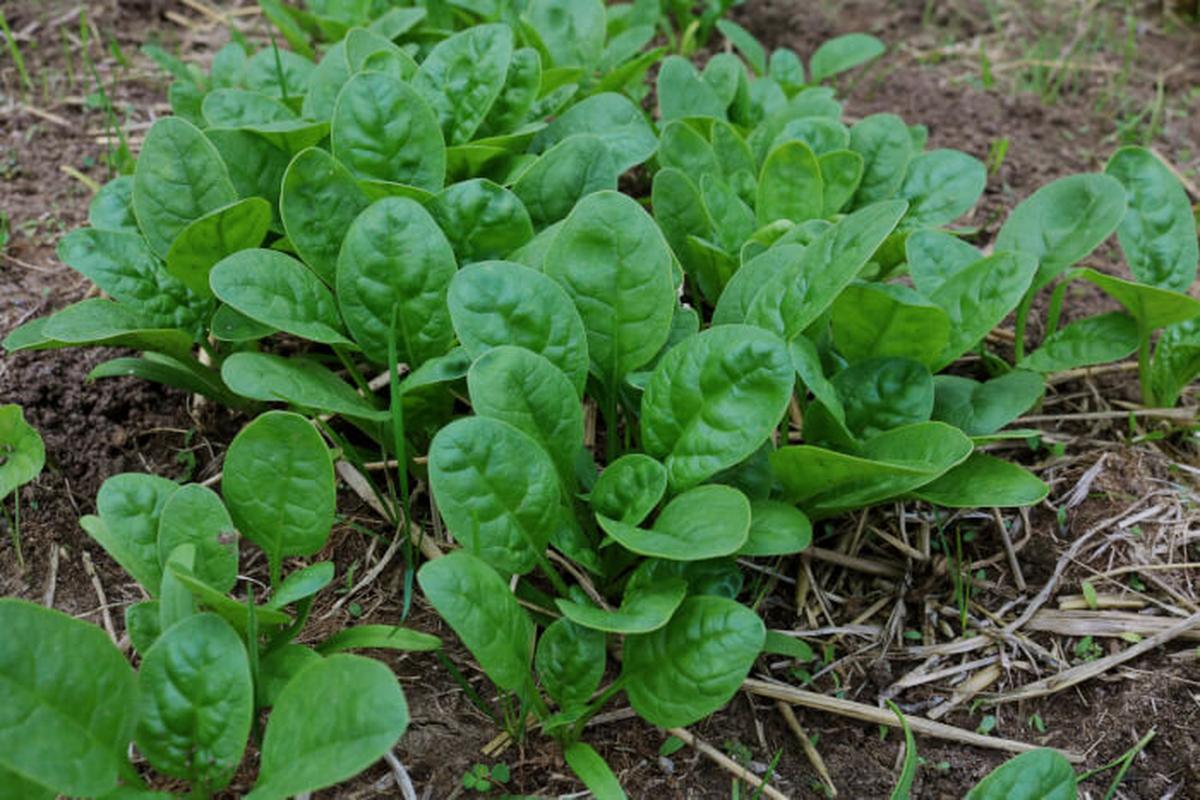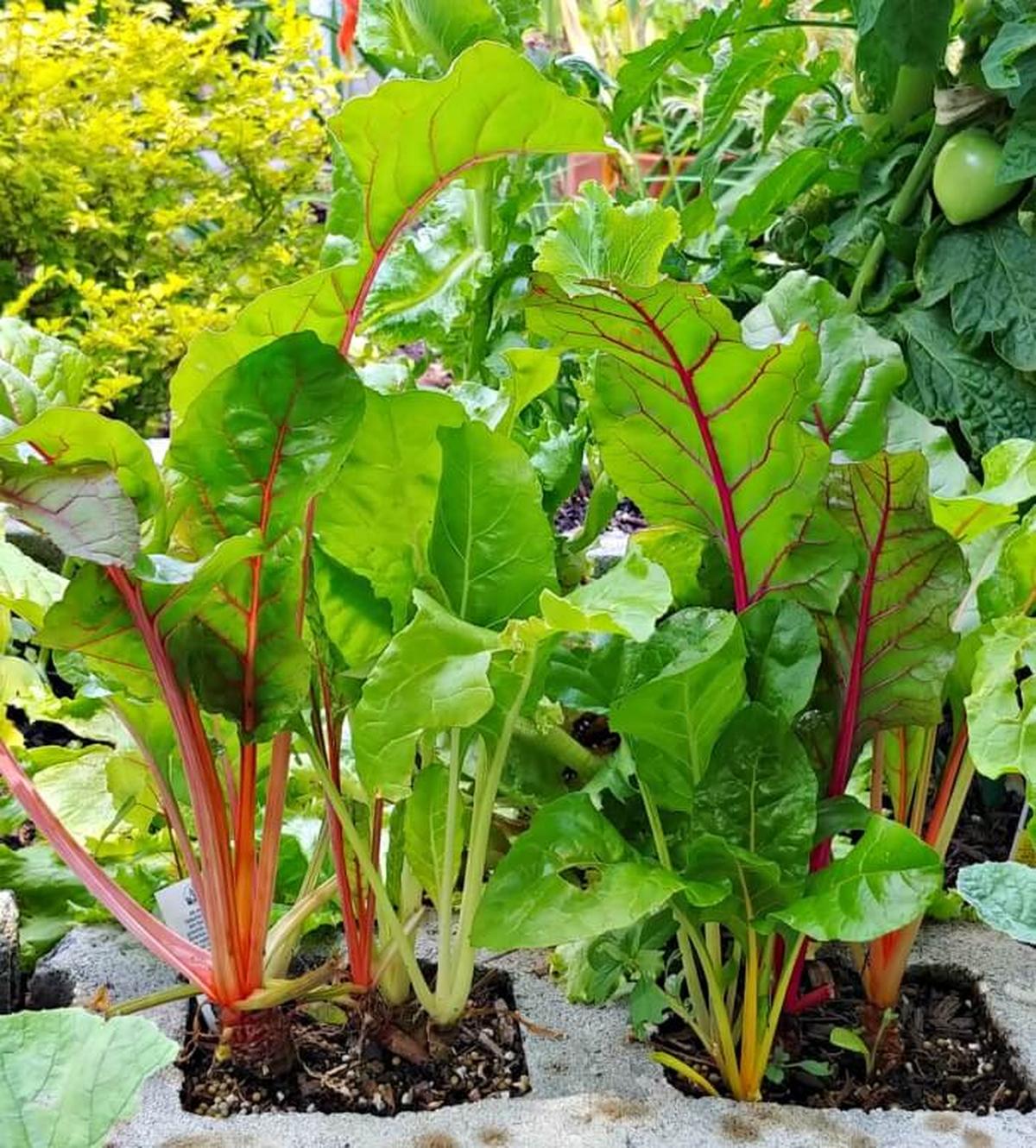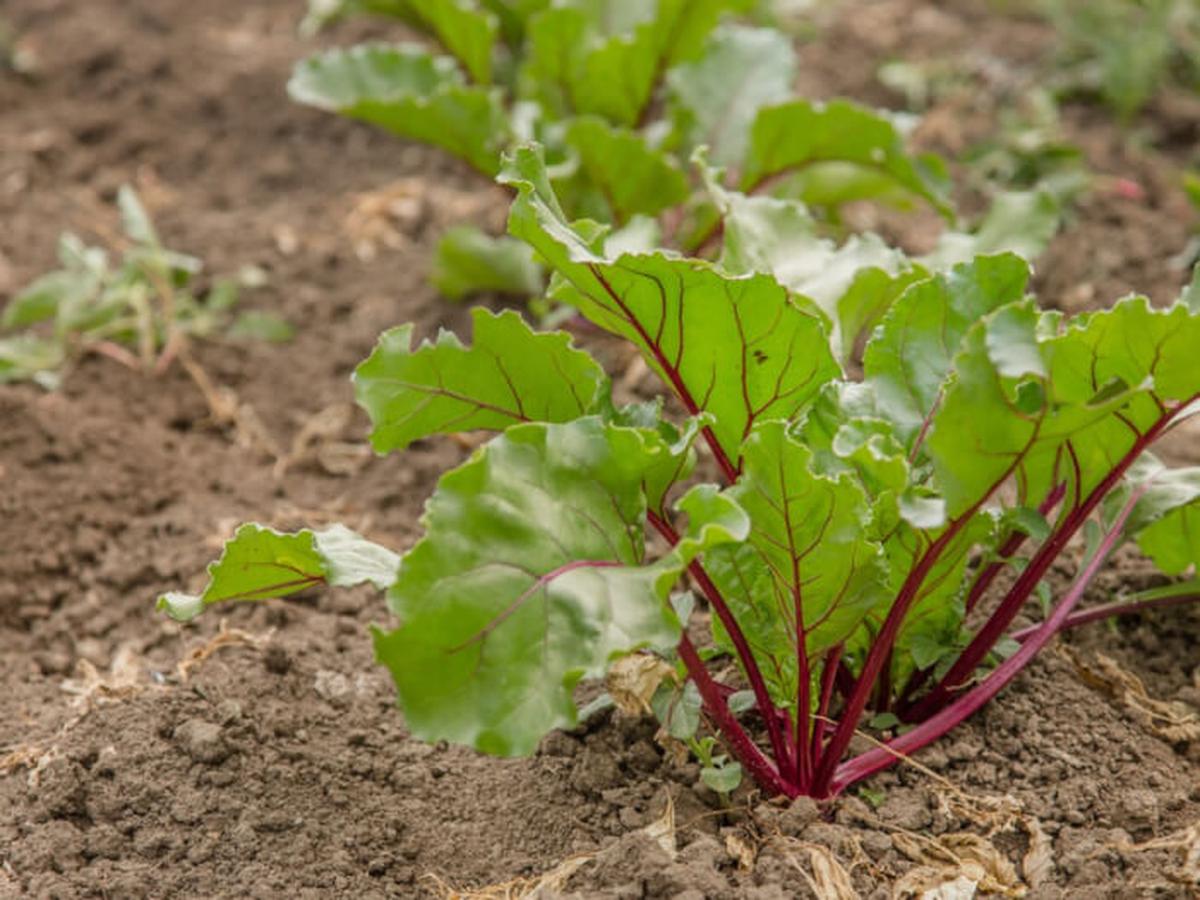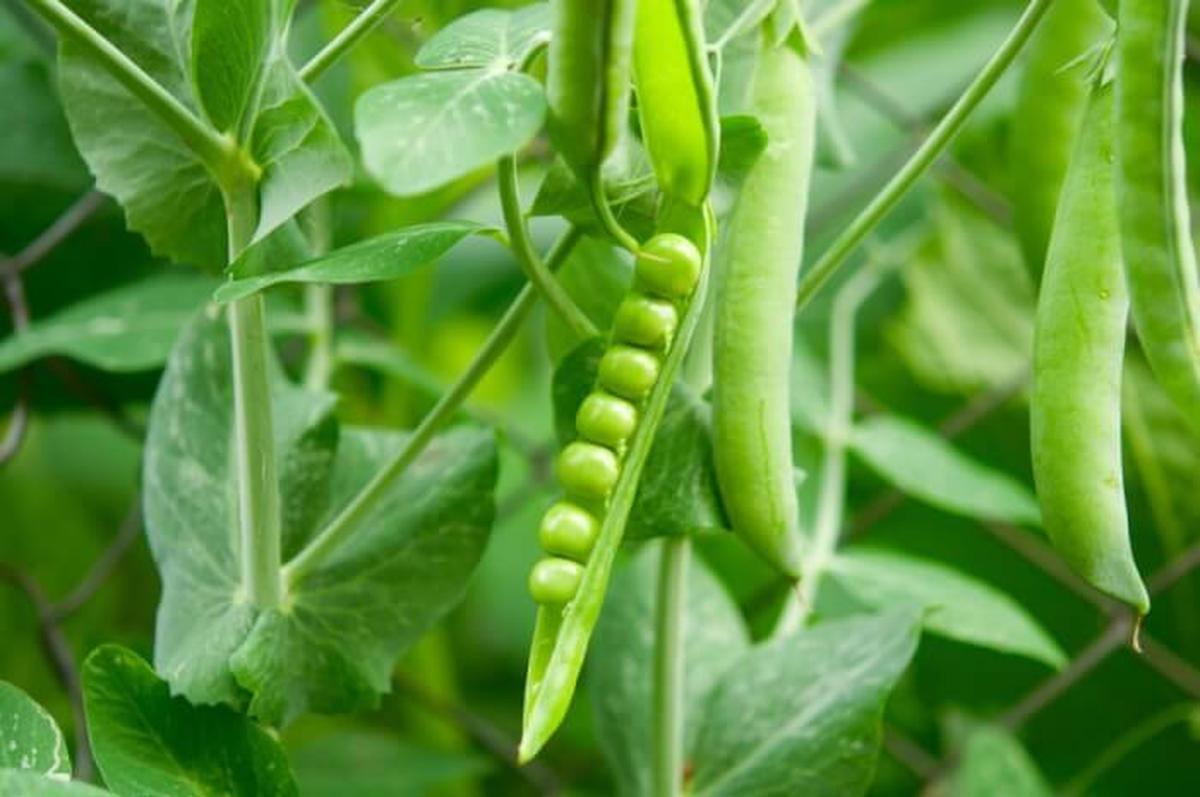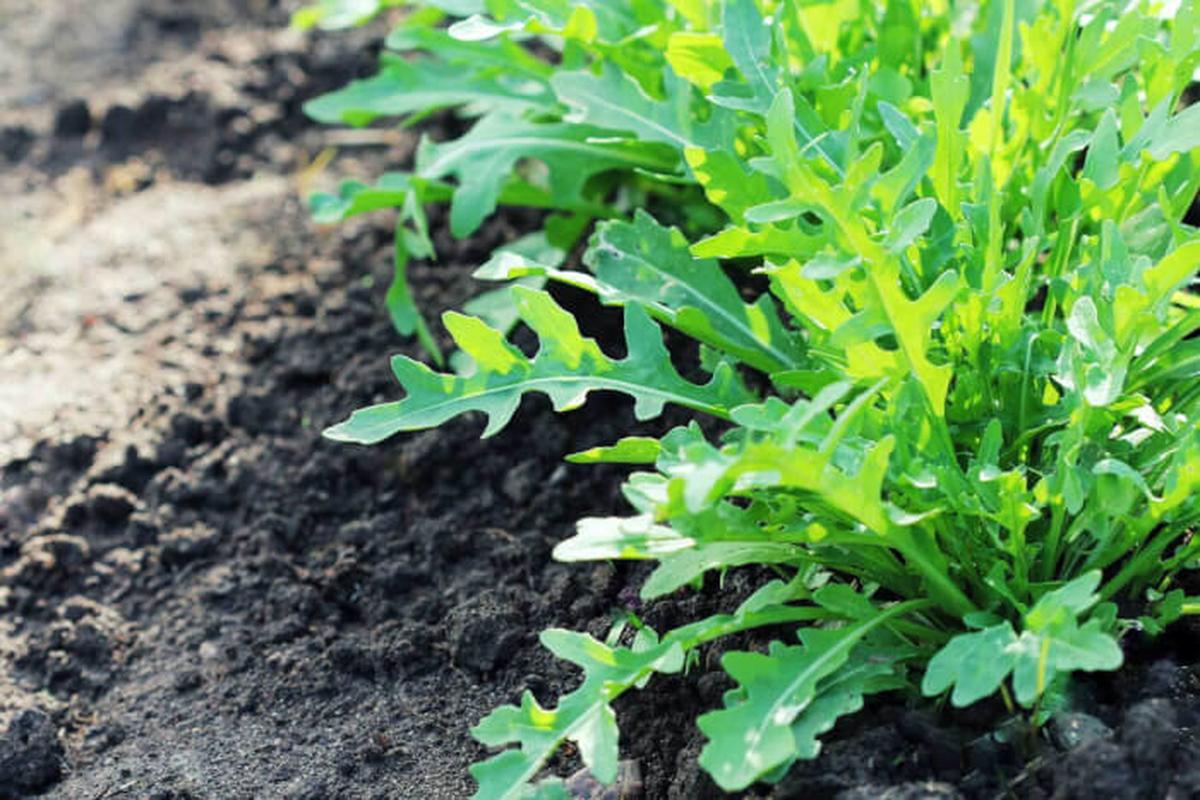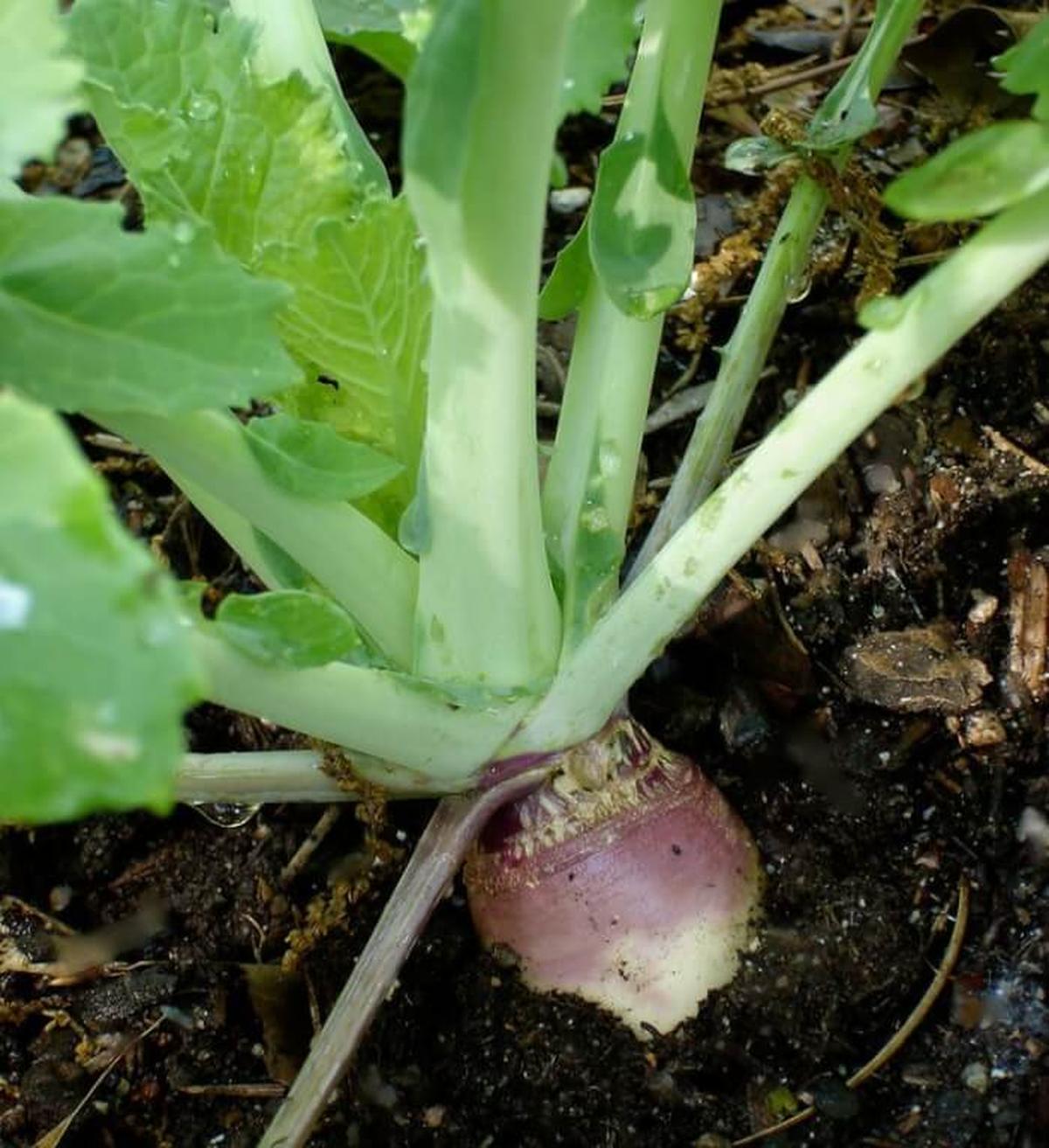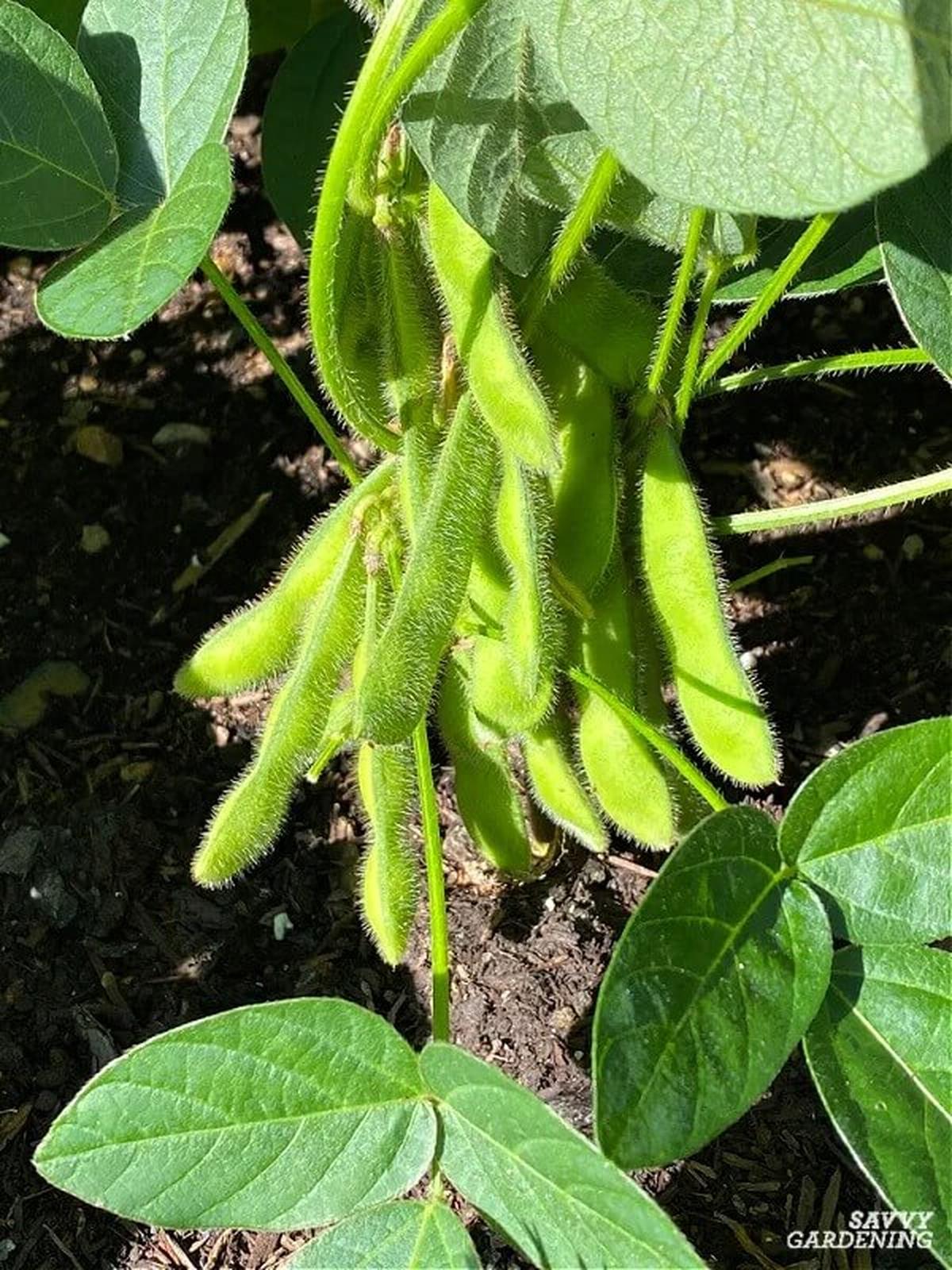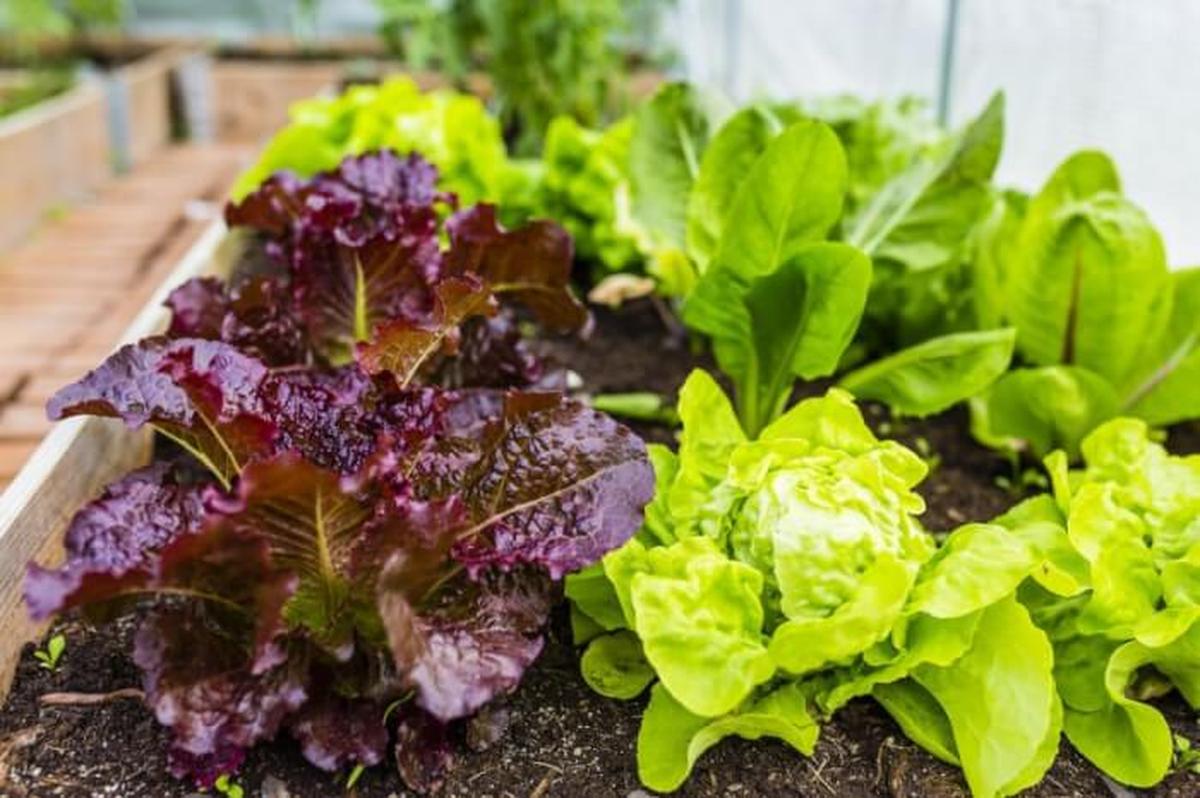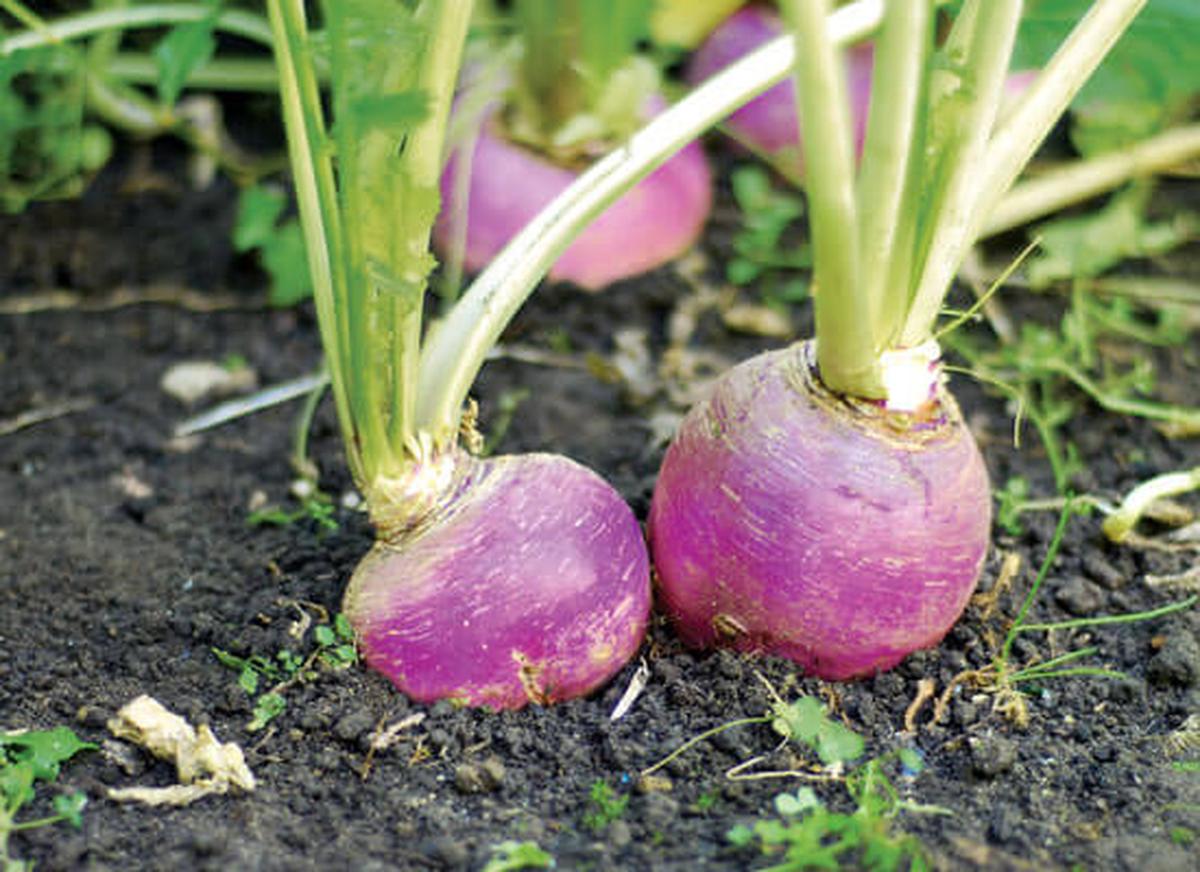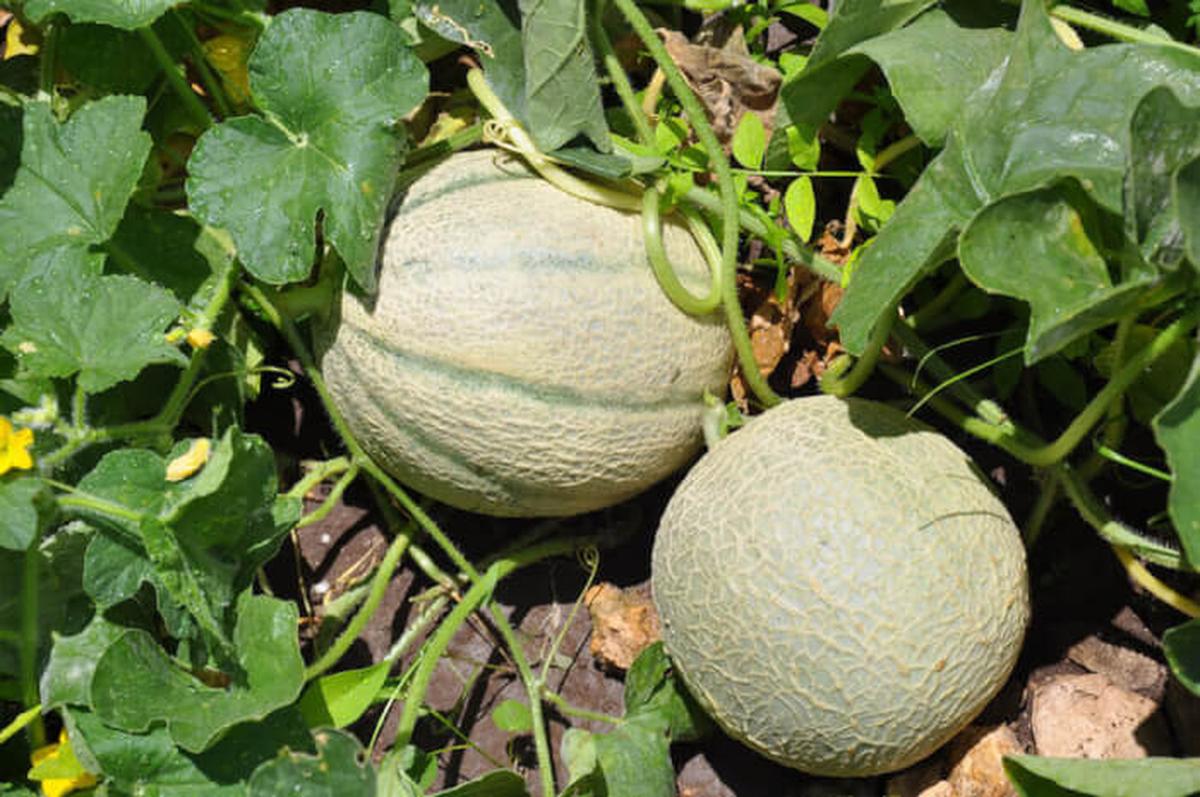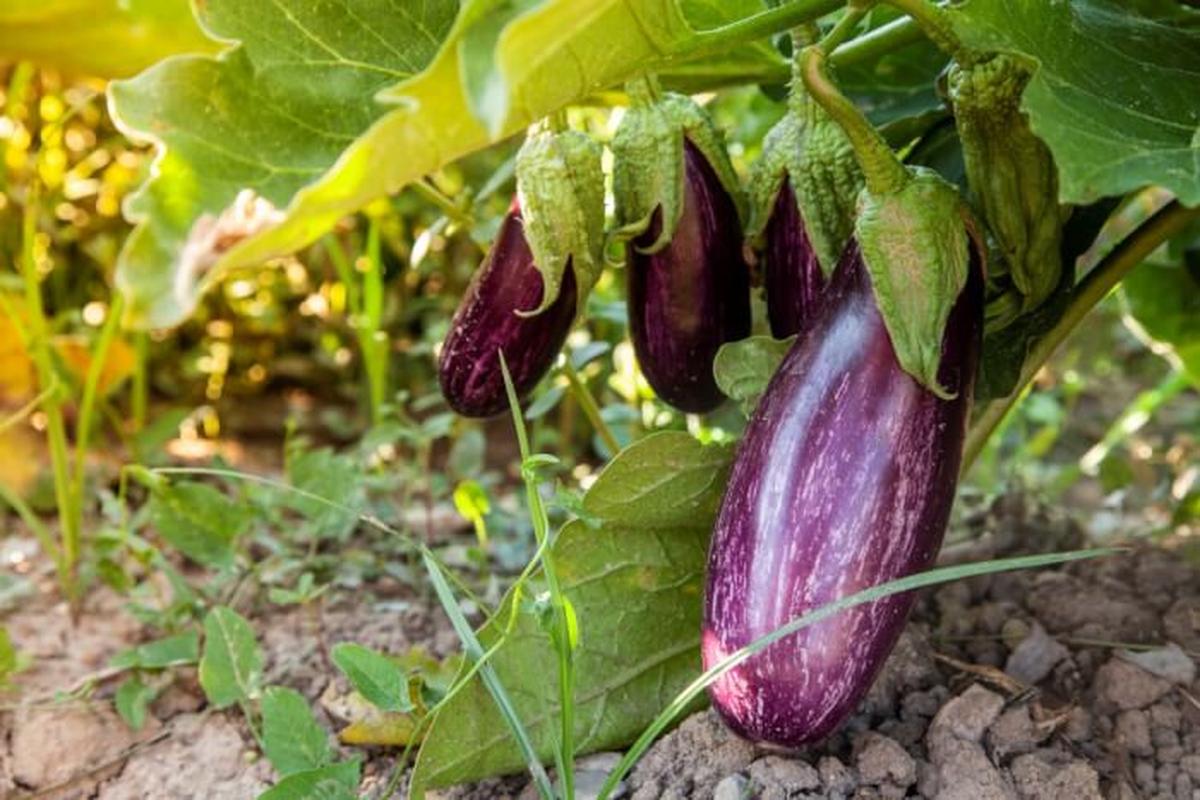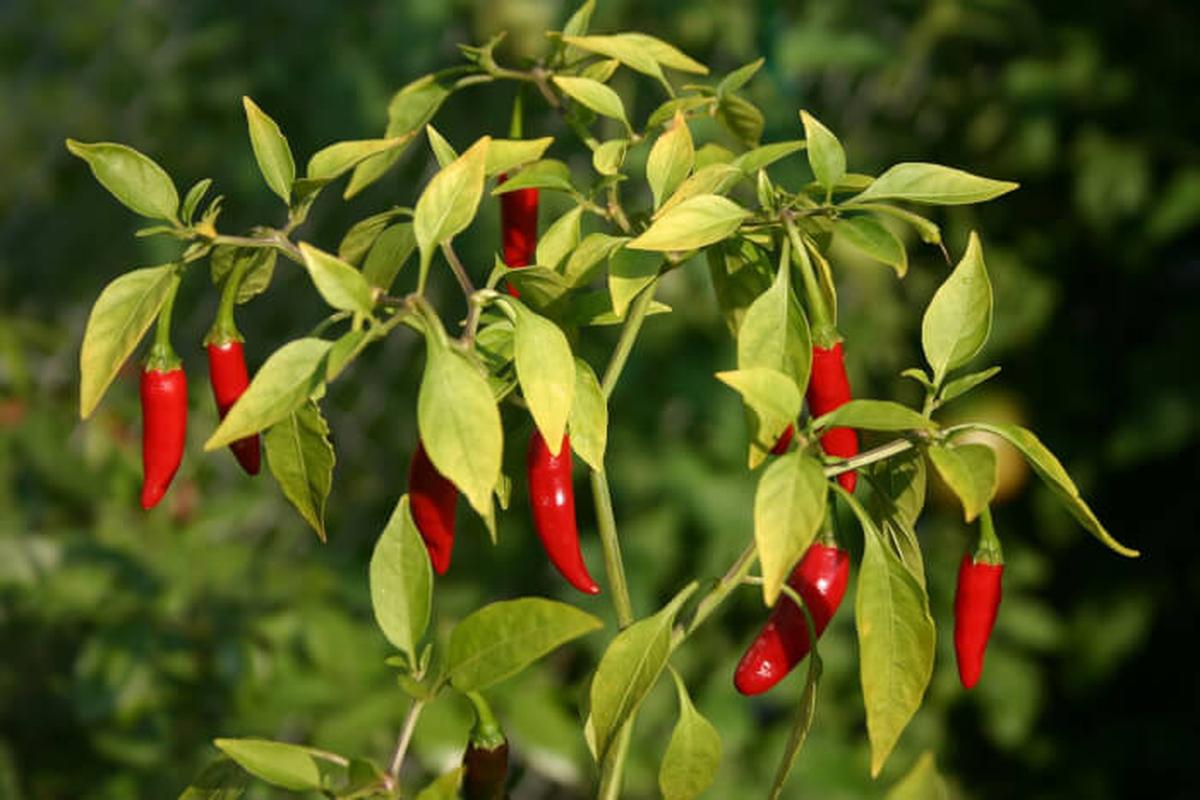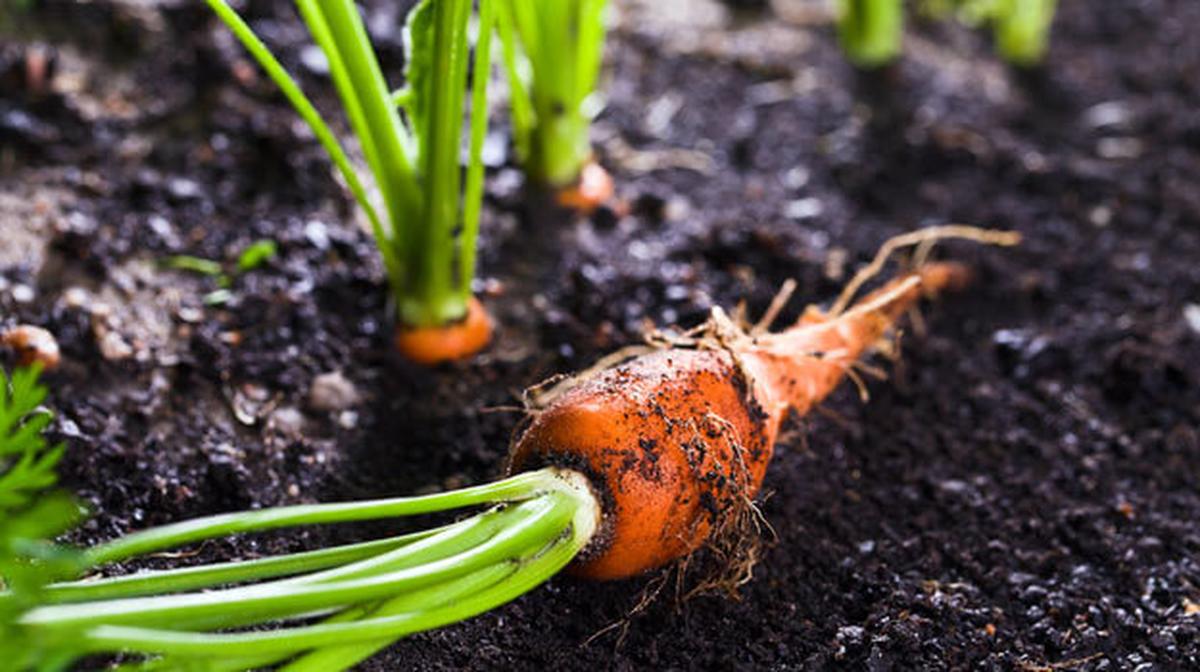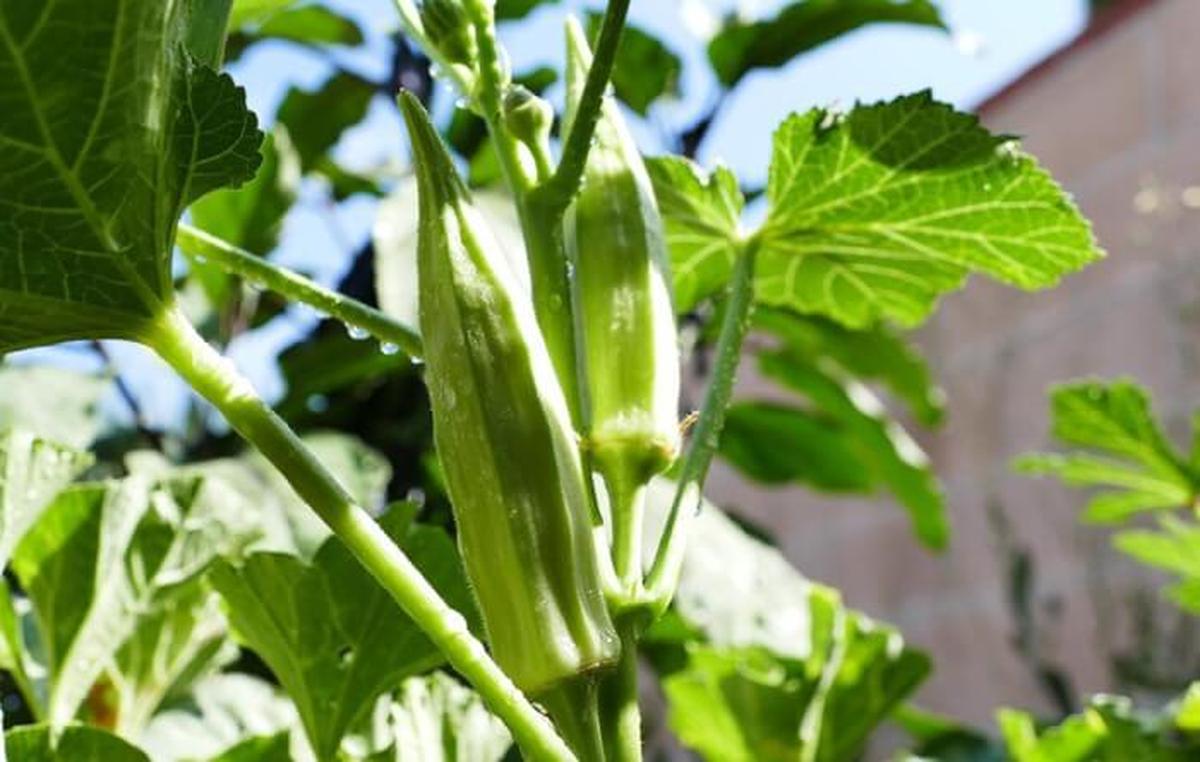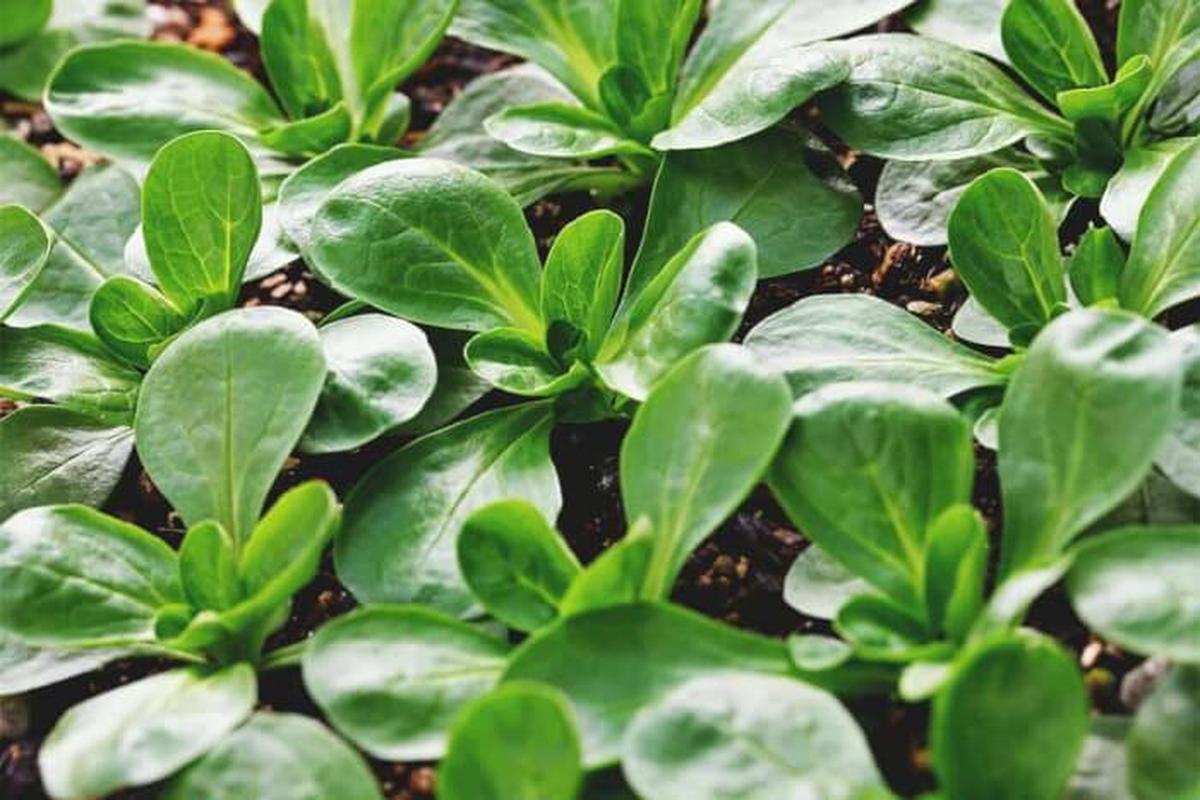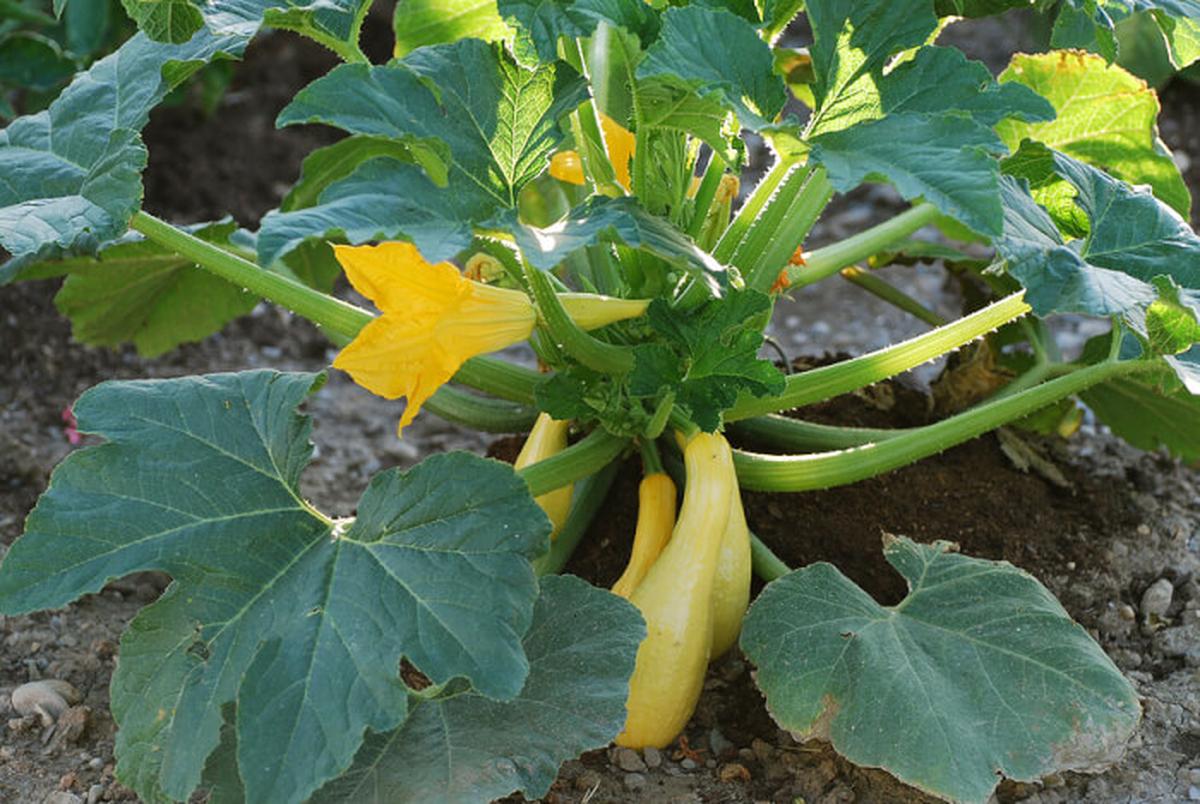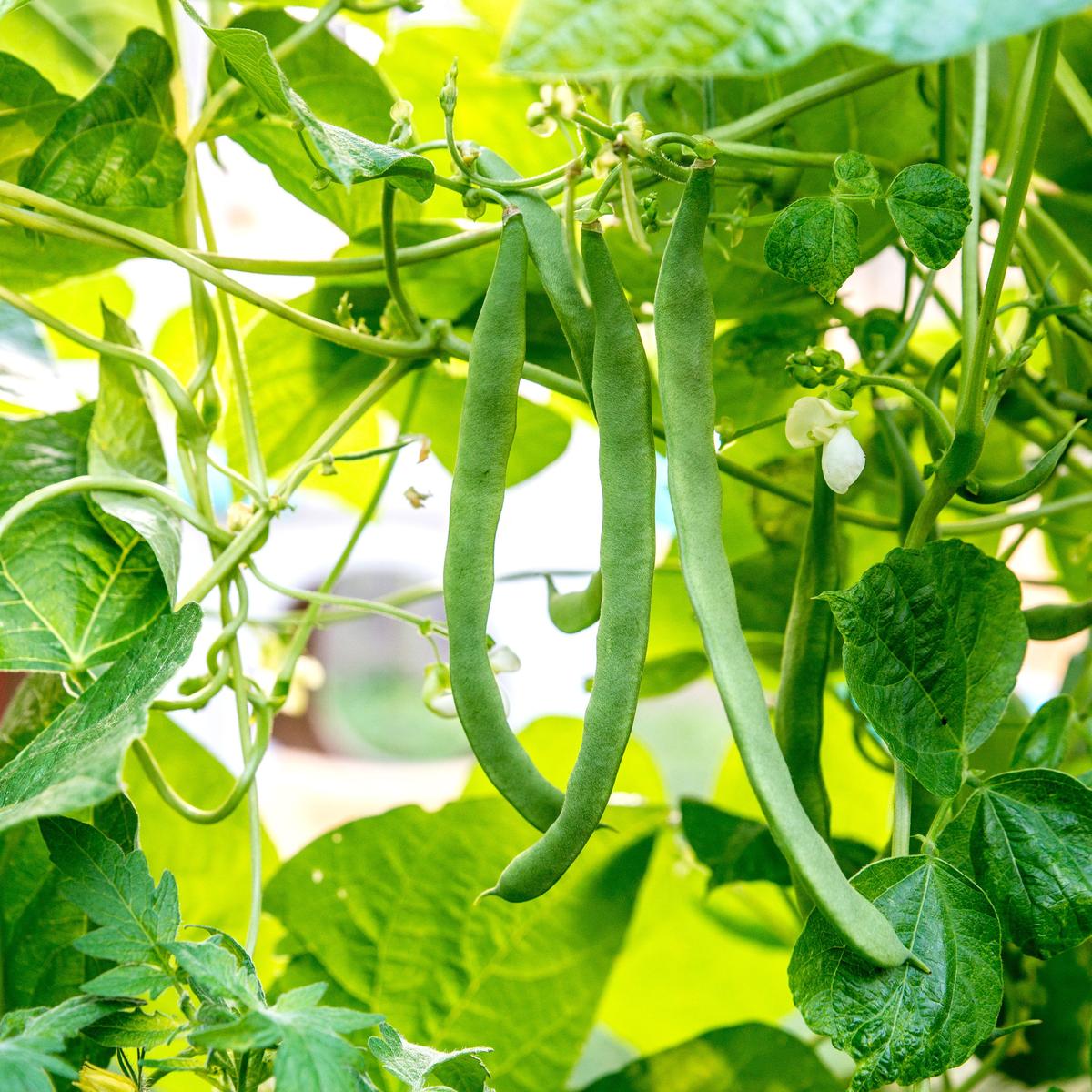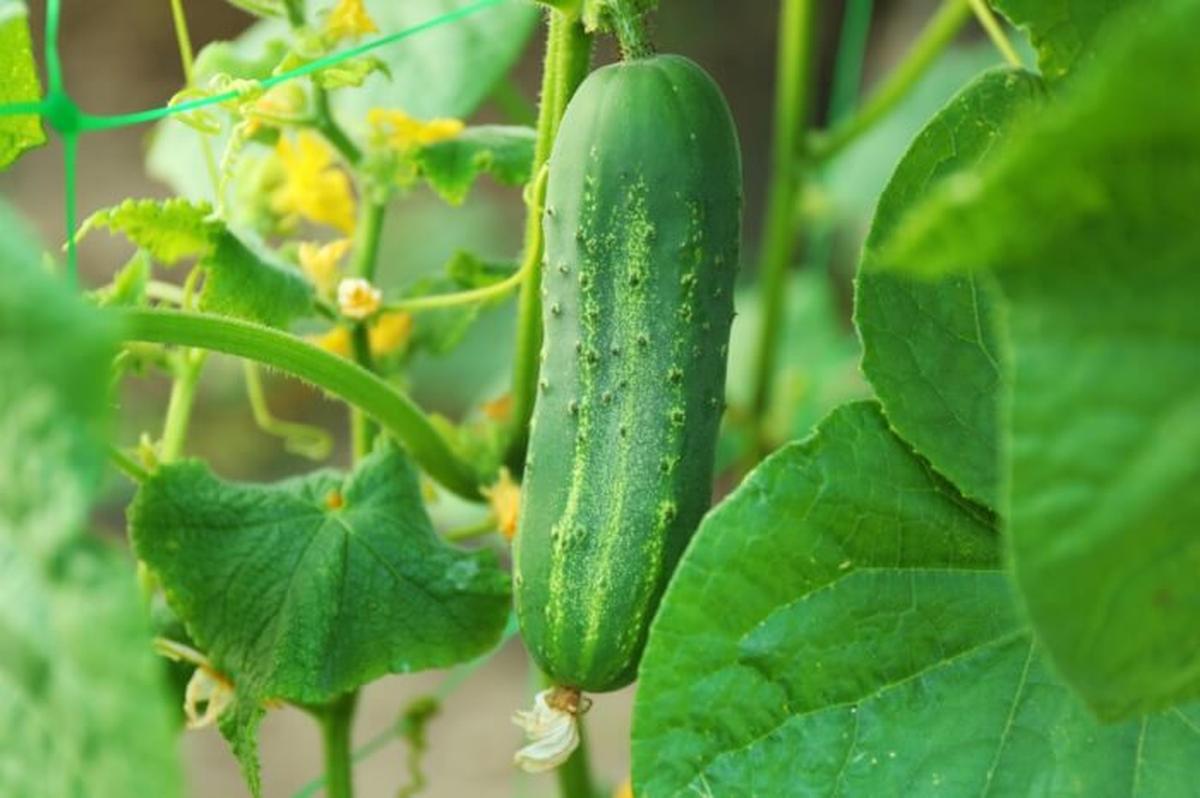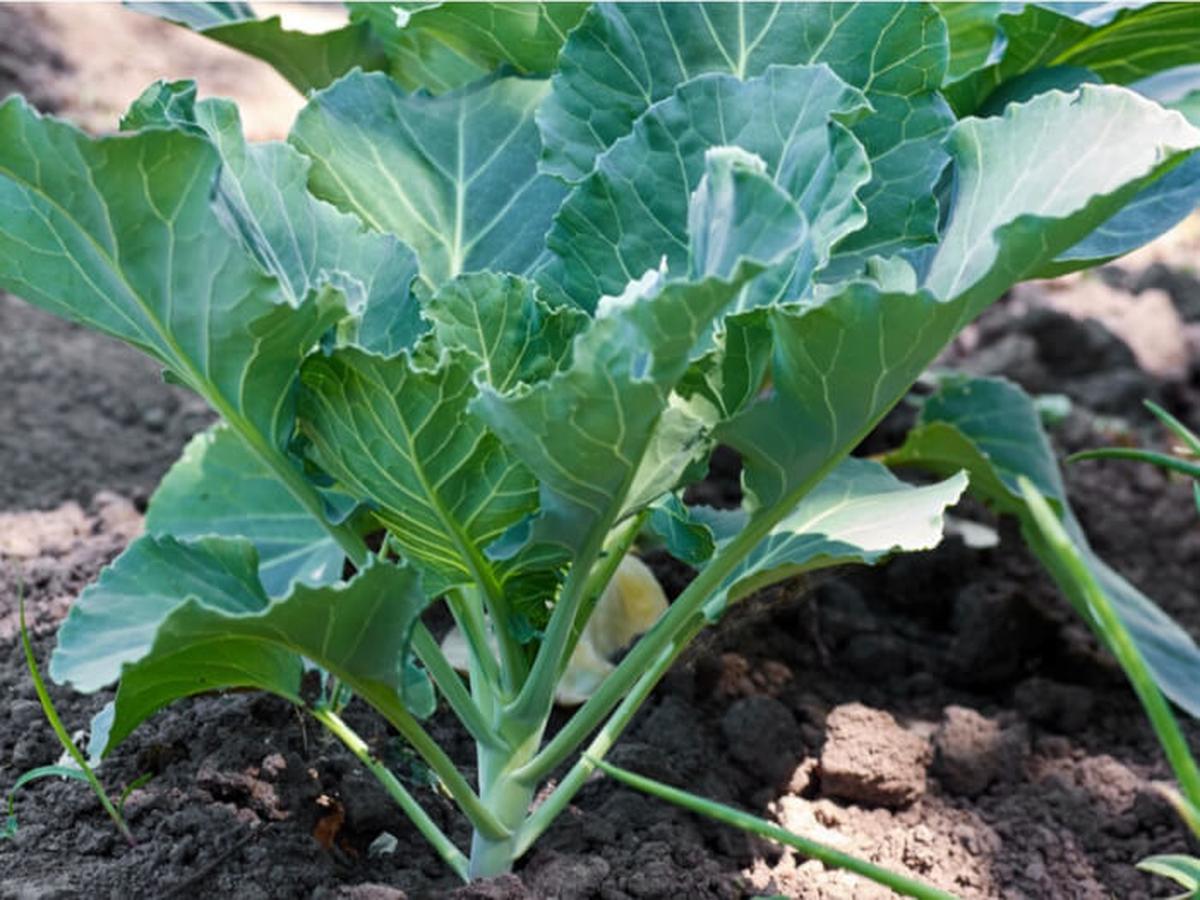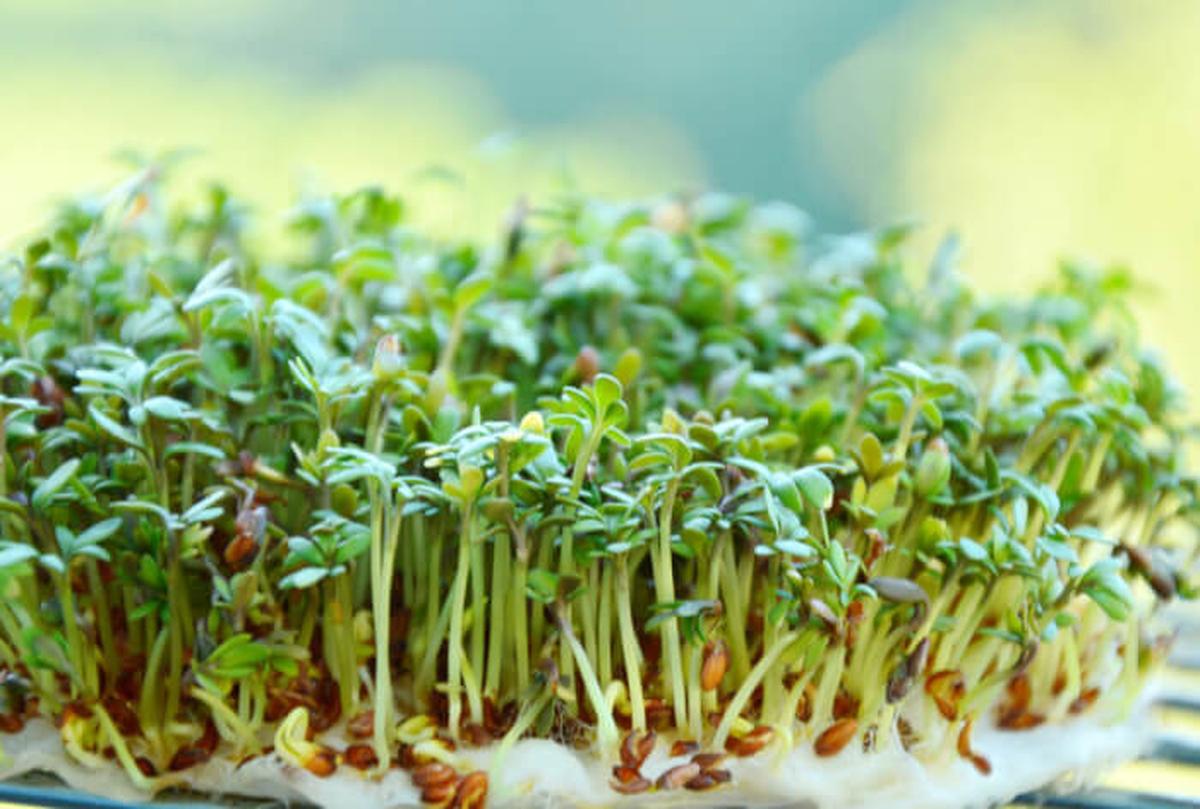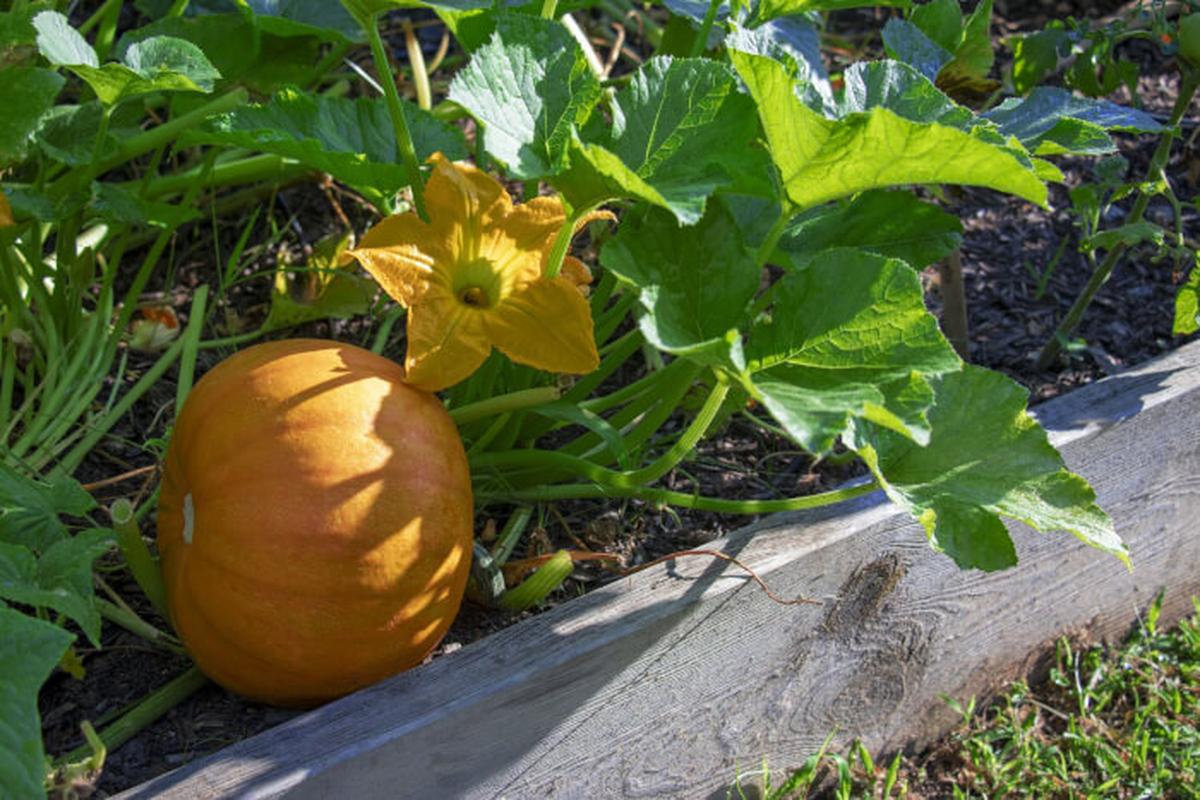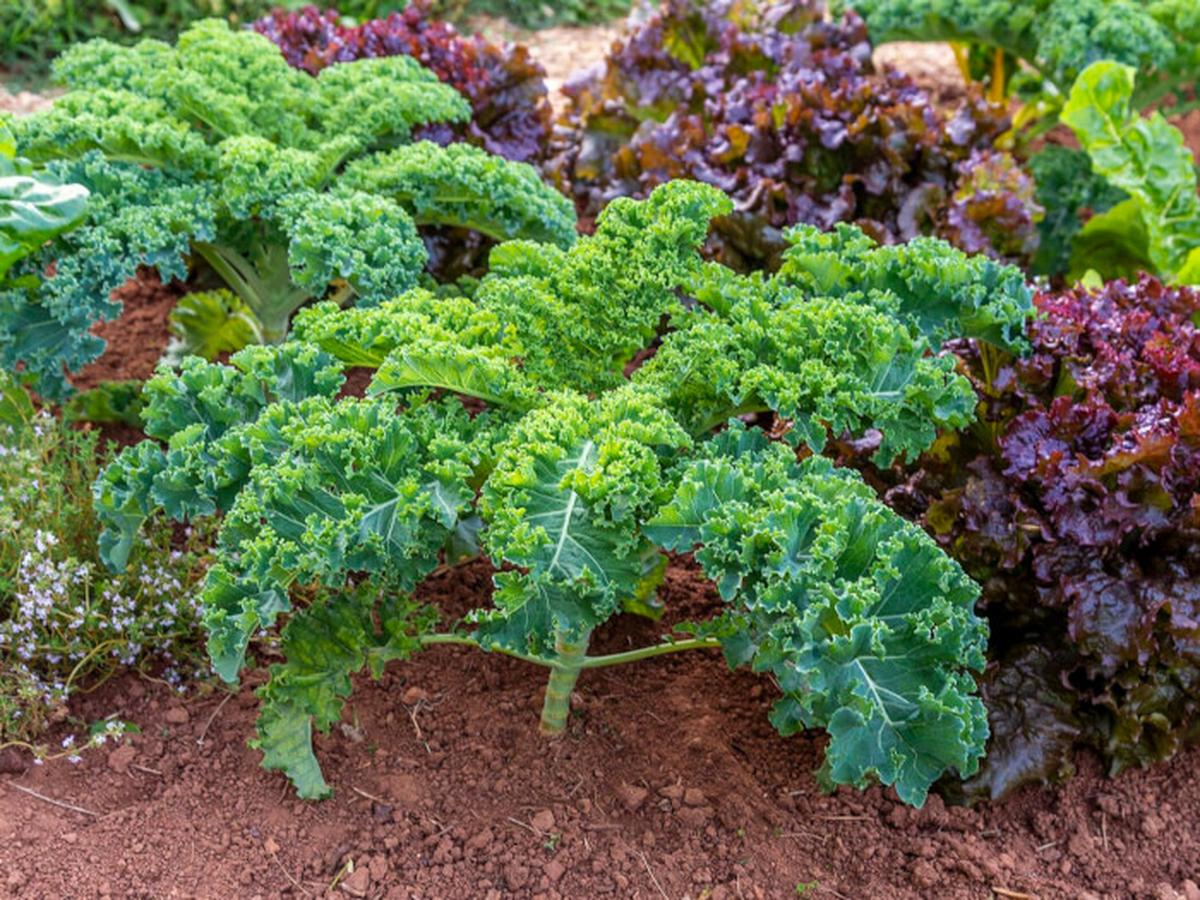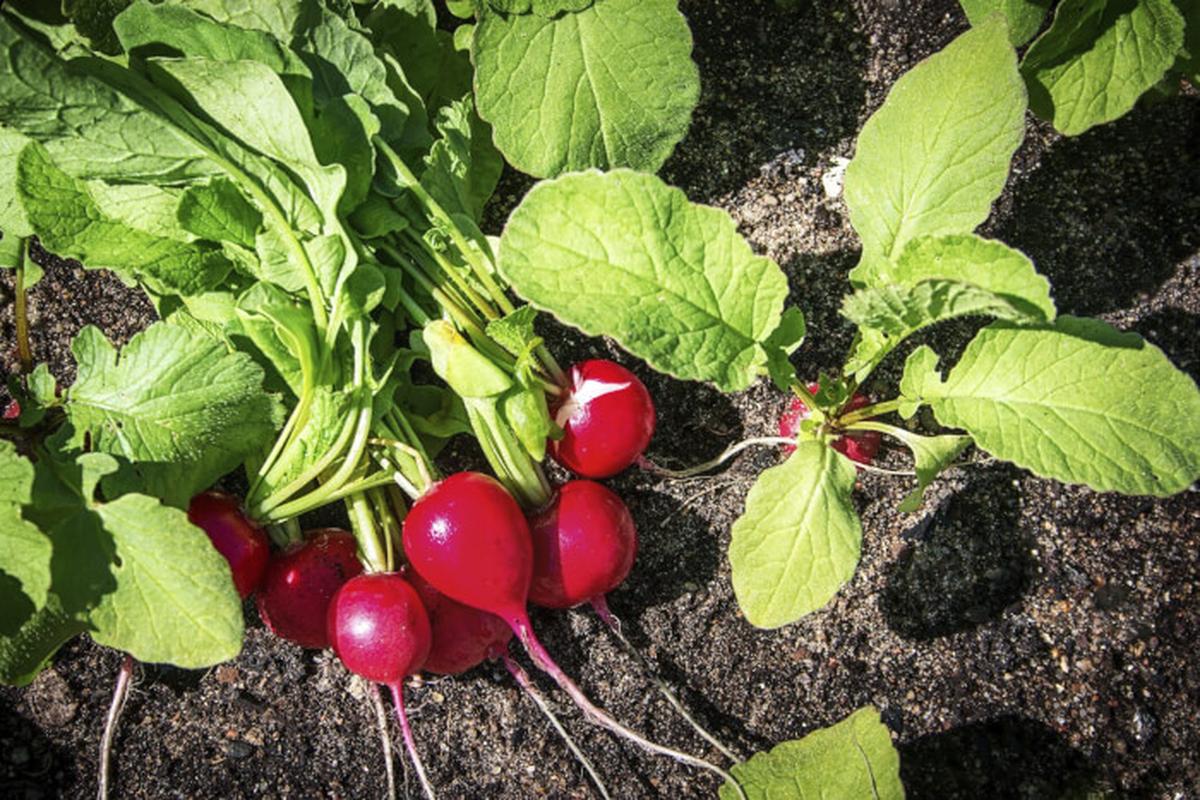23 Vegetables to Grow from Seeds for a Thriving Garden
Easy-to-grow vegetables bring the joy of fresh produce right into your garden with minimal effort. Starting from seeds, these vegetables offer a rewarding experience, growing with only simple care.
Even small spaces or beginner gardeners can enjoy lush, healthy crops. Each vegetable brings color and life, enriching your home garden with natural goodness.
Growing these varieties provides fresh ingredients and encourages sustainable practices. Here are 23 easy-to-grow vegetables from seeds to start in your garden now:
Spinach
Spinach thrives in cooler temperatures and can withstand frost, making it a resilient choice for your garden. For optimal growth, sow seeds directly into the soil when it's workable in early spring.
This method is essential since spinach seedlings struggle with transplantation. By starting them directly in their final spot, you ensure healthy plants that will flourish throughout the season.
Its hardiness not only allows for an extended growing period but also contributes to a bountiful harvest of nutritious leaves packed with vitamins and minerals.
Swiss Chard
Swiss chard thrives in cooler climates and offers a wealth of nutritional benefits. Begin planting seeds outdoors once the frost has passed, usually in early spring when the soil is workable.
This hardy vegetable adapts well to various growing conditions, making it suitable for both novice and experienced gardeners alike. Regular watering will promote healthy growth, ensuring you enjoy its vibrant greens throughout the season.
Harvesting can be done continually, allowing you to savor fresh leaves as they mature.
Beet
Beets thrive when planted at the right time, ideally a few weeks before the final frost of spring. Warm weather can lead to premature bolting, which affects growth and yield.
Directly sowing seeds in your garden ensures optimal conditions for this nutritious root vegetable. Timing is crucial; aim for 2 to 4 weeks ahead of that last cold snap.
By doing so, you set the stage for a successful harvest full of vibrant beets ready to enjoy in various dishes or fresh salads.
Peas
Peas thrive when sown directly in the garden during early spring. These legumes prefer cool temperatures, making this season ideal for their growth.
Planting them at the right time ensures a bountiful harvest later on. You’ll find that nurturing peas can be quite rewarding, as they are not only delicious but also packed with nutrients.
Ensure your soil is well-drained to support healthy development and enjoy fresh produce from your efforts.
Arugula
Arugula thrives in cooler temperatures, making it an excellent choice for early spring planting. To ensure optimal growth, plant the seeds outdoors a few weeks prior to your area's last frost date.
This leafy green not only adds zest to salads but also offers a wealth of nutrients and flavor. Enjoying fresh arugula from your garden is rewarding and enhances many dishes with its peppery taste.
Starting this vibrant crop early can lead to bountiful harvests as the weather warms up.
Rutabaga
Rutabaga thrives best when sown directly into the ground, as it struggles with transplanting. Timing is crucial; aim to plant seeds outdoors about a month and a half before your typical spring planting window.
This root vegetable requires cool weather for optimal growth, making early sowing ideal for success in your garden. By giving them this head start, you enhance their chances of flourishing beautifully throughout the growing season.
Getting acquainted with rutabaga cultivation can lead to rewarding results in flavor and harvest size.
Edamame
Edamame stands out as a remarkably simple vegetable to cultivate from seed. Timing is crucial; ensure you sow them in warm soil, ideally after frost risks have passed.
These legumes thrive in sunny spots and require consistent moisture for optimal growth. Their vibrant green pods not only add nutrition but also enhance garden aesthetics with their lush foliage.
With just a little care, you can enjoy this delightful addition to your meals straight from your own backyard.
Lettuce
Lettuce thrives in cool conditions and offers a quick harvest. Start by sowing seeds directly into the soil about a month before your intended planting time during early spring.
This leafy green flourishes with minimal effort, making it an excellent choice for gardeners eager for fresh produce. The rapid growth of lettuce ensures you can enjoy its crisp texture sooner rather than later.
By planning carefully, you'll have a bountiful crop to savor as the season unfolds.
Turnip
Turnips thrive in cooler weather, making them ideal for early spring planting. Once the soil is ready to work with, you can directly sow seeds into your garden bed.
This hardy vegetable not only tolerates cold temperatures but also offers a nutritious addition to your meals. Growing turnips allows you to enjoy their earthy flavor and versatility in various dishes while benefiting from their health properties.
With just a bit of care during this season, you'll have a rewarding harvest ahead.
Melons
Melons thrive best in warm environments, which is essential for their growth. Starting seeds in pots that can be planted directly into the ground helps minimize stress on the young plants.
This method allows them to establish roots more effectively before facing outdoor conditions. Choosing a sunny location will further boost their development and yield delicious fruit later on.
Growing melons can be both rewarding and enjoyable if you follow these simple steps.
Eggplant
Eggplant thrives wonderfully whether you cultivate it in pots or directly in your garden. Begin by planting seeds 8 to 12 weeks ahead of the typical spring sowing time.
Once temperatures rise and soil warms, it's time to move those seedlings outdoors for optimal growth. This versatile vegetable not only adds color but also enhances your culinary repertoire with its rich flavors.
Getting started with eggplant gardening can be rewarding and enjoyable!
Peppers
Growing peppers can be a rewarding experience. Start by sowing seeds indoors several weeks before the last frost date, ensuring they have ample time to develop strong roots.
Once you’re past any risk of cold weather in late spring, transfer your healthy seedlings into the garden for optimal growth. Providing them with enough sunlight and water will lead to vibrant plants full of flavor and nutrition.
Enjoy watching these versatile vegetables thrive as summer unfolds!
Carrots
Carrots thrive when you plant them from seeds, offering a rewarding gardening experience. Aim to sow your seeds several weeks ahead of the last frost in spring for optimal growth.
These vibrant vegetables flourish with minimal effort, making them an excellent choice for both novice and seasoned gardeners alike. With proper timing and care, you can enjoy fresh carrots right from your garden.
Their straightforward cultivation process adds a satisfying element to home gardening projects.
Okra
Okra thrives with a little planning. Begin by nurturing seeds indoors several weeks before transferring them outdoors, ideally when soil temperatures rise in late spring.
This method encourages robust growth and healthier plants as they acclimate to their environment gradually. Once conditions are right, moving the seedlings into your garden will set you up for a bountiful harvest of this nutritious vegetable.
Cultivating okra not only enhances your gardening skills but also adds variety to your culinary endeavors.
Mache
Mache, also known as corn salad, thrives best when planted in cooler weather. To ensure a bountiful harvest, aim to sow the seeds outdoors about four to six weeks prior to your area’s last frost date.
As temperatures rise, this leafy green tends to bolt quickly and go to seed. Timing is crucial for successful growth; planting too late may lead to disappointment in yield.
Enjoy incorporating fresh mache into your salads or dishes while it’s at its peak flavor and tenderness.
Squash
Growing squash is a rewarding endeavor that can yield delicious results. Start by planting seeds in the spring once the soil warms up, ensuring they receive plenty of sunlight.
This hardy vegetable thrives with minimal fuss, making it an excellent choice for any garden enthusiast. You'll find that squash not only offers culinary versatility but also contributes to a vibrant garden landscape.
With just a little effort, you can enjoy fresh produce right from your backyard.
Beans
Beans rank among the most straightforward vegetables to cultivate from seed. They thrive when sown directly into garden soil a few weeks post your last frost date, taking advantage of warm spring temperatures.
You can expect healthy growth with minimal effort, making them an excellent choice for novice gardeners or anyone looking to add greenery effortlessly. Their rapid development and resilience make beans a rewarding addition to any home garden setup.
Enjoying fresh beans straight from your plot is truly satisfying!
Cucumbers
Cucumbers thrive best when grown directly in the soil, avoiding transplant shock that can occur if moved. Wait until a few weeks after the final frost of spring to ensure optimal conditions.
Soil warmth is crucial for successful germination and growth. By planting seeds straight into your garden, you create an ideal environment for these refreshing vegetables to flourish naturally.
This approach will lead to healthier plants and a bountiful harvest later on.
Collards
Collards are a fantastic choice for gardeners seeking resilient greens. These plants thrive in cooler temperatures, making them suitable for colder climates.
Sowing seeds outdoors several weeks ahead of your typical planting date ensures a robust harvest. Growing collards from seed is straightforward, allowing even novice gardeners to enjoy success in their gardens.
Their hardiness and adaptability make them an excellent addition to any vegetable patch.
Cress
Cress thrives in cooler temperatures, making it an excellent choice for early spring planting. It's ideal to sow the seeds directly into your garden four to six weeks prior to the expected last frost date.
This timing ensures optimal growth and a bountiful harvest of fresh greens. By planning ahead, you can enjoy vibrant cress as part of your meals during those crisp days.
With just a little preparation, you’ll have this nutritious addition flourishing right in your backyard.
Pumpkin
Pumpkins thrive with minimal effort when grown from seeds. To ensure healthy growth, wait until the chill of spring has passed and soil temperatures rise before planting.
Two weeks post the final frost is ideal for sowing these versatile crops outdoors. This timing allows pumpkins to flourish in their preferred warm conditions, resulting in a bountiful harvest later on.
Enjoy cultivating your pumpkin patch while reaping the rewards of your gardening efforts!
Kale
Kale thrives in cooler weather, making it an excellent addition to your garden. As spring approaches and the soil warms up, you can start planting kale seeds right away if you're in a milder region.
This leafy green is not only nutrient-rich but also quite resilient against frost, allowing for extended harvesting periods. When cultivated properly, kale provides fresh greens that enhance various dishes throughout the growing season.
Consider adding this versatile vegetable to your gardening plans for its health benefits and culinary uses.
Radishes
Radishes thrive in cooler temperatures, making them an excellent choice for spring planting. As the frost recedes and the ground warms up, you can directly sow seeds into your garden.
These hardy vegetables flourish when given a crisp climate to grow in. Getting started early ensures you enjoy a fresh harvest before summer heat sets in.
With minimal effort, you'll cultivate tasty radishes that add zest to any meal.

